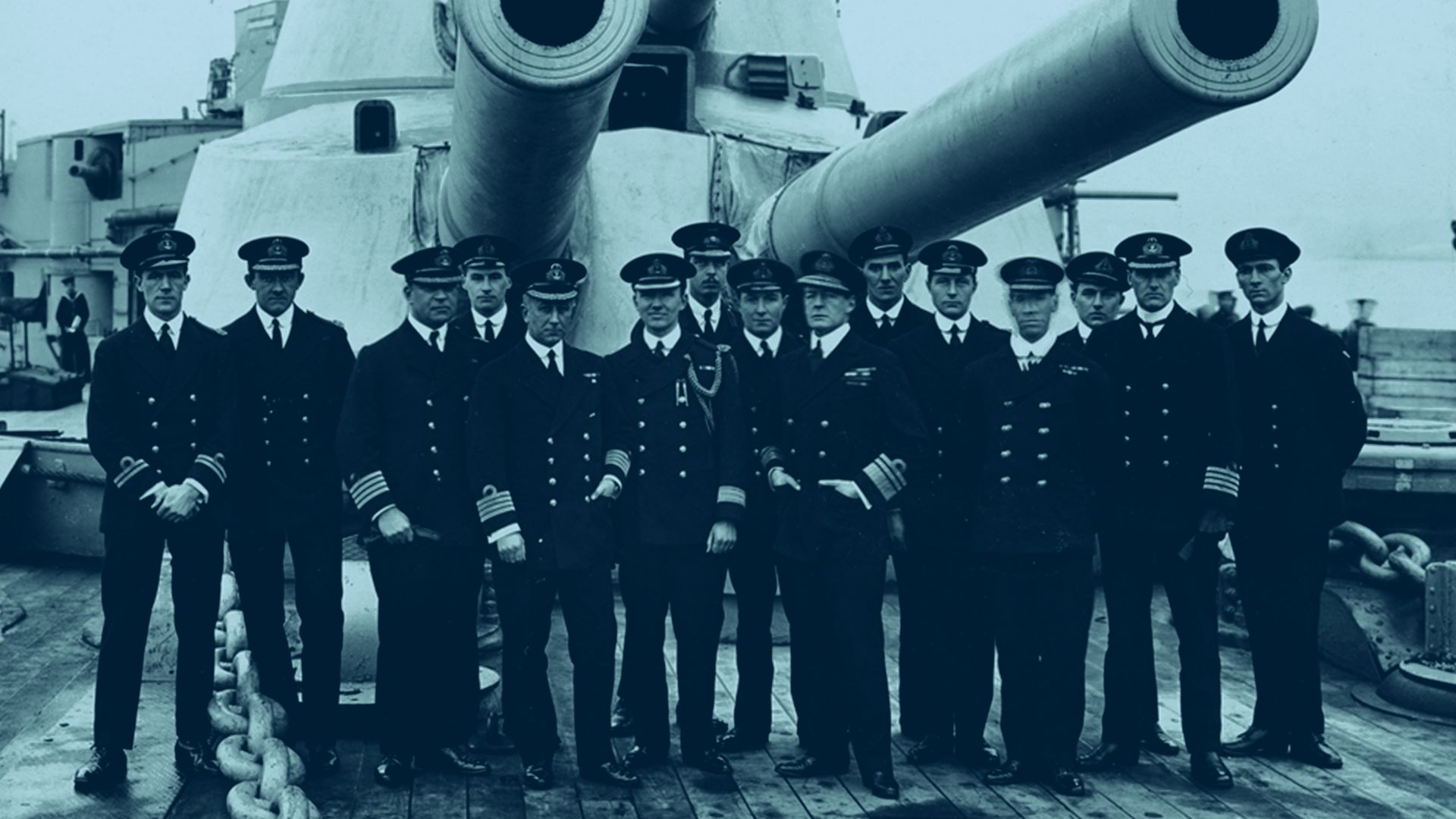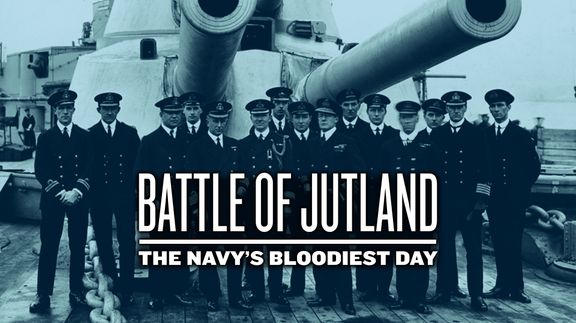

Battle of Jutland: The Navy's Bloodiest Day
On May 31st, 1916, the British Royal Navy precipitated a head-to-head battle with the German Imperial Fleet, sending 151 British warships to confront the German ships. This was supposed to be Britain's second Trafalgar but ended as the bloodiest day in Royal Navy History. During 12 chaotic hours, over 6,000 Allied sailors died, and fourteen giant British warships sank to the bottom of the North Sea. A century on, historian Dan Snow, engineer Dr. Shini Somara, and Dr. Nick Hewitt of the National Museum of the Royal Navy join forces to uncover the reasons for defeat and analyze the impact it had on the results of the First World War.
On May 31st, 1916, the British Royal Navy precipitated a head-to-head battle with the German Imperial Fleet, sending 151 British warships to confront the German ships. This was supposed to be Britain's second Trafalgar but ended as the bloodiest day in Royal Navy History. During 12 chaotic hours, over 6,000 Allied sailors died, and fourteen giant British warships sank to the bottom of the North Sea. A century on, historian Dan Snow, engineer Dr. Shini Somara, and Dr. Nick Hewitt of the National Museum of the Royal Navy join forces to uncover the reasons for defeat and analyze the impact it had on the results of the First World War.
Related Articles
View AllWhat and Who Caused World War I?
World War I shook mankind to its core as nations mobilized for a war unlike any other. A new age of carnage came about by technological advancements, but the causes of WWI…
From German Jets to Double Agents: 5 Ways D-Day Could Have Been a Disaster for the Allies
D-Day was a pivotal moment in world history – but it almost didn’t succeed. From sudden changes in the weather, to crucial lessons from a deadly rehearsal in England, here’s how…
Bravery from Above: The Paratroopers of D-Day
Paratroopers played a critical role in the eventual success of the 3-month-long battle that began on June 6, 1944 – marked in history as D-Day – 75 years ago. But who were they?…